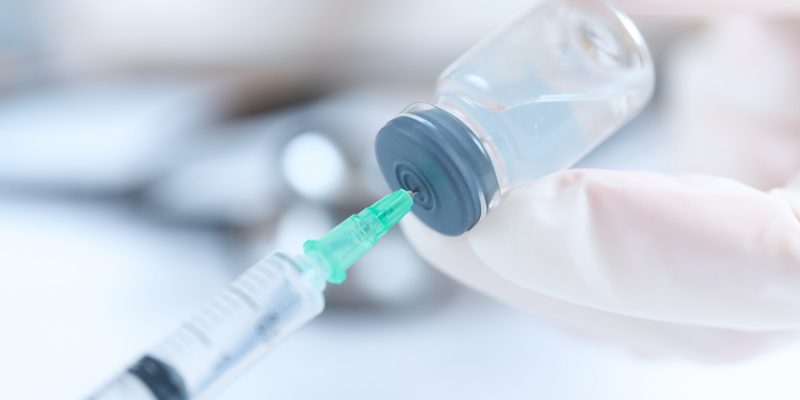Researchers are studying the Thymosin Alpha-1 protein in academic medical centres and laboratories worldwide. The majority of immunology, biochemistry, and clinical medicine journals are reviewed by academics. Research groups working with bluumpeptides, examine the peptide’s construction, function, and effects in biological systems.
Academic institutions leading the way
Universities with strong biochemistry and immunology departments produce the majority of research on this peptide. Medical schools that collaborate with teaching hospitals incorporate clinical observations into their laboratory studies. These places have all the tools needed for peptide research. They have mass spectrometry machines. They also have cell culture laboratories and spaces for animal studies. The amount of research produced depends on the funding available. A second factor is the type of institution that the institution chooses to focus on. As a result, researchers continue to study Thymosin Alpha-1 to understand its function. New experimental models and better techniques are being used. Researchers are also investigating biological conditions that have not been previously studied.
Geographic distribution patterns
Global research originates from different areas with different styles and interests:
- Asian research centres conduct many studies about immune changes and how cells respond. They closely examine lymphocyte function and cytokine production.
- European laboratories work on structural biology and how molecules interact. They use spectroscopy and computer models.
- North American institutions share clinical trial data and research that links basic science to disease models.
- South American groups study peptide stability and how to make good formulations. They write about storage and delivery.
Different locations mean different perspectives on the same research questions.
Collaboration networks
Teams don’t usually work alone on this peptide. Experts from various fields collaborate in international partnerships to address complex problems. It may be possible to pair structural biology experts with an immunology lab that tests the biological activity of a given protein for a single project. These partnerships are represented by papers authored by researchers from diverse countries and institutions. Looking at who writes with whom shows which groups keep working together and which new teams form around new questions. Funding groups often seek international cooperation and provide grants for collaborative team projects. These programs help smaller labs access specialised equipment they may not have at home. Conferences also help teams connect because researchers share new data and find partners who share their interests.
Research focus areas
Peptide structure is characterised by nuclear magnetic resonance, X-ray crystallography, and computer predictions.
- Cell biology laboratories investigate how peptides affect different cell types through growth tests, movement studies, and gene tracking.
- Immunology groups measure changes in cytokine levels, immune cell signals, and antibody shifts after peptide exposure.
- Biochemistry researchers study the connections between enzymes, protein partners, and metal ions that may alter peptide stability or its function.
- Analytical chemistry specialists develop improved purification methods, quality control tests, and techniques for quantifying peptide amounts in biological samples.
Different locations bring different methods and views to peptide work. Addressing complex questions requires collaboration with researchers from diverse backgrounds. The contributions of each group extend beyond their specialised knowledge to encompass knowledge of molecular structure and the functioning of the immune system. In the field of environmental studies, publications indicate a growing interest and a growing number of contributors.






Comments